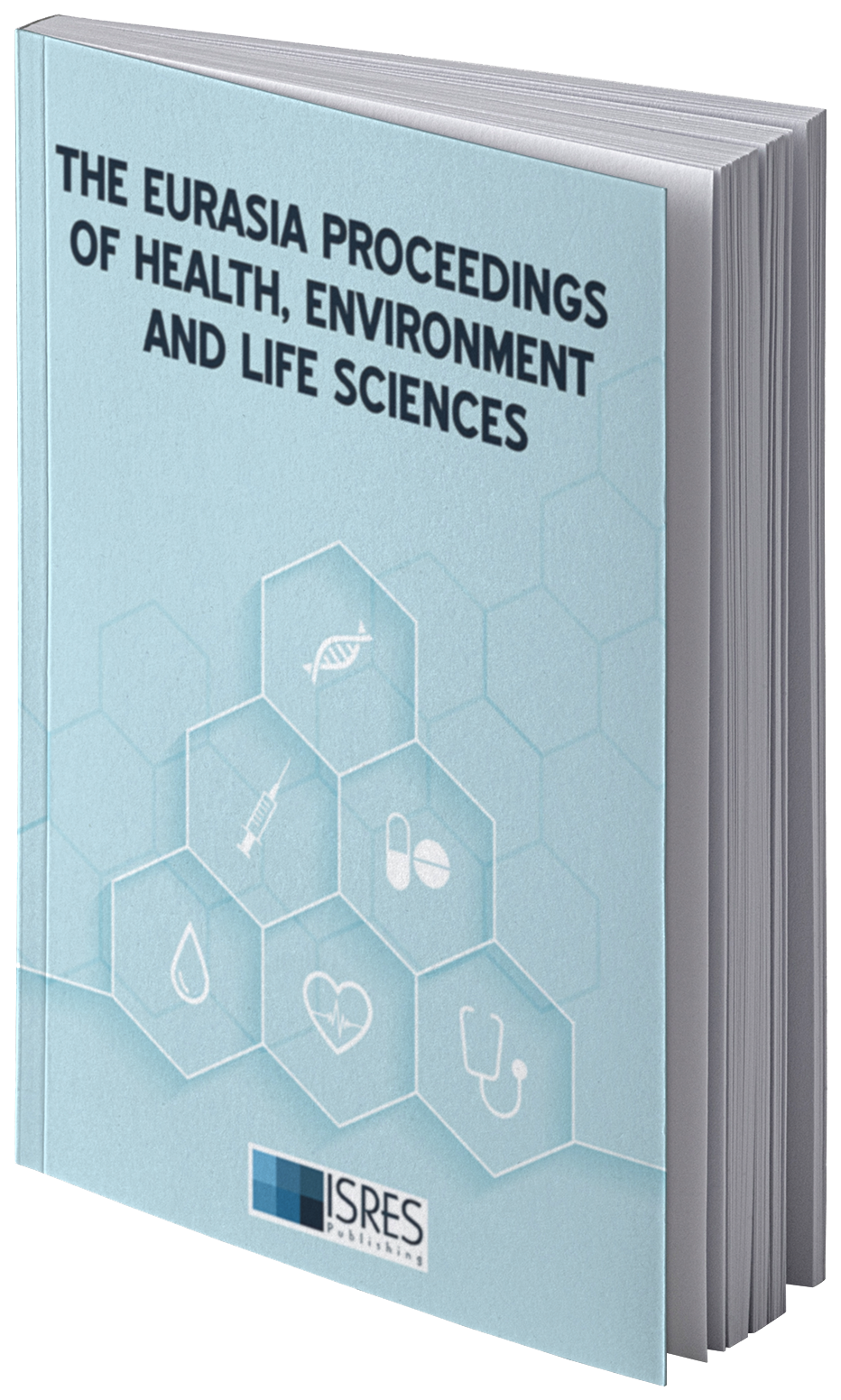Optimization of Process Parameters for Experimental Production of Waste Frying Oil Based-Biodiesel by Taguchi Method
DOI:
https://doi.org/10.55549/ephels.134Abstract
Recycling waste frying oils is an important issue concerning environmental and economic problems. Biodiesel production from waste oil is an effective method to obtain a sustainable energy source. Biodiesel attracts attention as a renewable and environmentally friendly alternative that can replace traditional fossil fuels in diesel engines. However, various process parameters such as process temperature, alcohol/oil ratio, and type of catalyst need to be carefully adjusted to increase the efficiency and optimize the quality of the biodiesel production process from waste oils. This study uses the Taguchi method to determine the most suitable process parameters for experimental biodiesel production from waste oils. The study's findings, which identified the optimum conditions for biodiesel production from waste frying oil, have the potential to impact the field of sustainable energy significantly. Three essential parameters were selected for investigation: the molar ratio of alcohol to oil, reaction temperature, and reaction time. Each parameter was examined at two levels, denoted as L-4 (23). Four experimental runs were conducted using the selected parameters and their respective levels to produce biodiesel from waste frying oil. Optimum conditions were found to be 1:6 for oil/methanol molar ratio, 60°C for reaction temperature, and 60 min for reaction time. Under optimum reaction conditions, biodiesel yield was an average of 97.7 %.
Downloads
Published
Issue
Section
License
Copyright (c) 2024 The Eurasia Proceedings of Health, Environment and Life Sciences

This work is licensed under a Creative Commons Attribution 4.0 International License.
The articles may be used for research, teaching, and private study purposes. Any substantial or systematic reproduction, redistribution, reselling, loan, sub-licensing, systematic supply, or distribution in any form to anyone is expressly forbidden. Authors alone are responsible for the contents of their articles. The journal owns the copyright of the articles. The publisher shall not be liable for any loss, actions, claims, proceedings, demand, or costs or damages whatsoever or howsoever caused arising directly or indirectly in connection with or arising out of the use of the research material. All authors are requested to disclose any actual or potential conflict of interest including any financial, personal or other relationships with other people or organizations regarding the submitted work.



